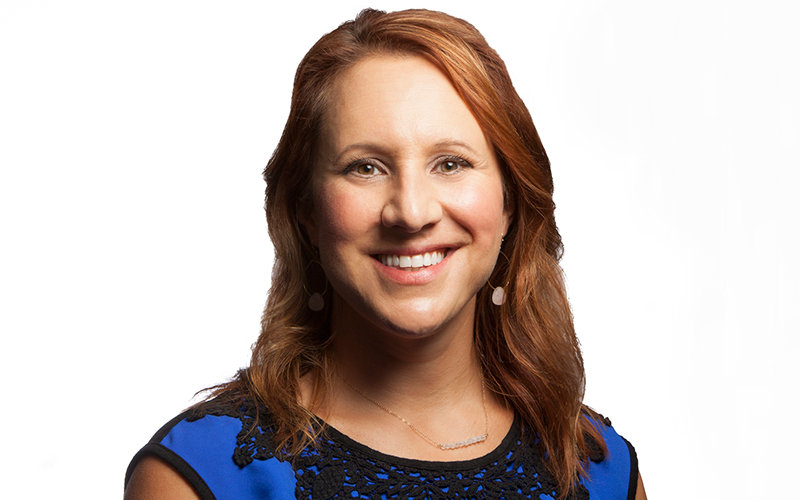
Education technology expert Malia Hoffmann integrates technology in the classroom to engage students in learning and to keep them motivated. The new assistant professor of elementary and bilingual education earned her Ed.D. in learning technologies from Pepperdine University. She also holds a master’s degree in educational technology from Marian University and a bachelor’s degree in education with a teaching credential from St. Norbert College — both institutions are located in Wisconsin.
Before arriving at CSUF this fall, the former middle school teacher was an assistant professor and coordinator of the master’s of educational technology program at Concordia University in Irvine. She also is a captain in the Air Force Reserve, serving as a logistics readiness officer.
What inspired you to go into your field and what was the defining moment?
Even as a child, I wanted to be a teacher. I played school with my siblings and loved it. My little sister struggled through school and I saw what an impact the teachers had on her. Her struggles inspired me to be a middle school teacher at first, and then later move into higher education.
What are your research interests?
I am in the field of educational technology, where I specialize in such areas as online learning and course design, mobile devices, multimedia, flipped classrooms and smart software. My current projects focus on the impact of mobile devices on learning and the level of the feeling of ‘connectedness’ in online programs.
How do you engage students in your classes and/or your research?
I constantly reference the research I am doing and connect it to the coursework. I ask my students to participate in surveys and data that I am gathering.
What changes do you envision in your field five years from now?
My field changes every year, so even in five years it will change drastically. I’m predicting we’ll see more virtual and augmented realities being used in classes.
Why is teaching with technology important in today’s schools?
Today’s learners are constantly connected through devices. So in schools, using technology is natural to them. Technologies are like an extension of their bodies; without the devices they feel incomplete. It’s powerful to embrace these devices and harness them to advance their learning.